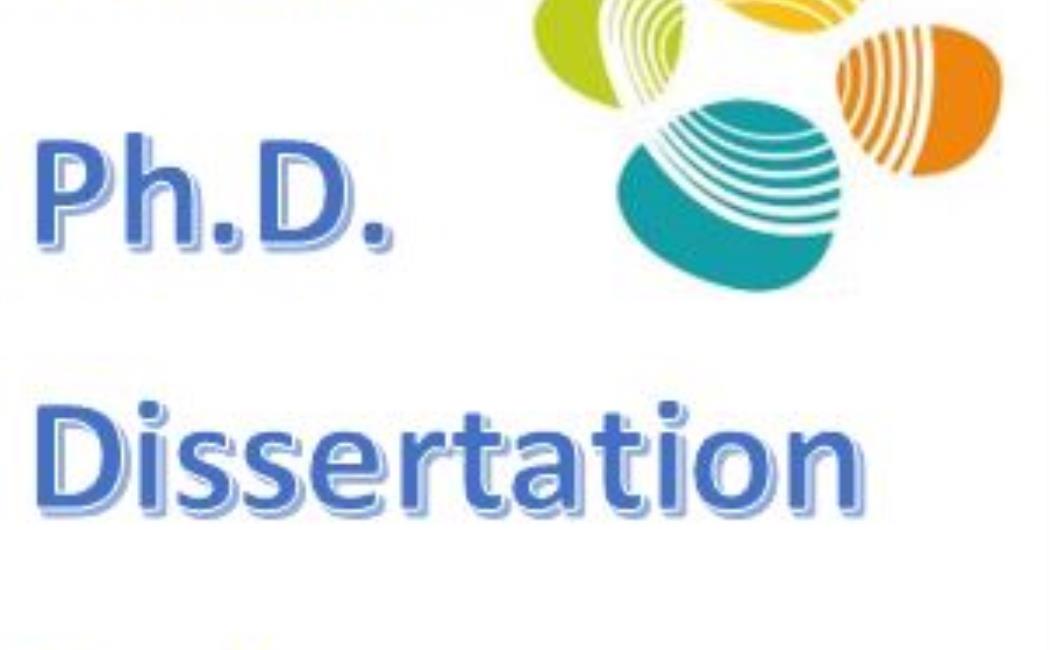
From Unnatural Amino Acid Incorporation to Artificial Metalloenzymes
Abstract
Studies and development of artificial metalloenzymes have developed into vibrant areas of research. It is expected that artificial metalloenzymes will be able to combine the best of enzymatic and homogenous catalysis, that is, a broad catalytic scope, high selectivity and activity under mild, aqueous conditions.
Artificial metalloenzyme consist of a host protein and a newly introduced artificial metal center. The host protein merely functions as ligand controlling selectivity and augmenting reactivity, while the metal center determines the reactivity. Potential applications range from catalytic production of fine chemicals and feedstock to electron transfer utilization and medical research. Particularly modern asymmetric synthesis is expected to benefit from a successful combination of the power of biocatalysis with the versatility and mechanism based optimization methods of homogeneous catalysis.
This thesis explores a novel strategy based on the site-selective incorporation of unnatural, metal binding amino acids into a host protein. The unnatural amino acids can either serve directly as metal binding centers can be used as anchoring points for artificial metallo-cofactors.
The identification expression, purification and modification of a suitable protein scaffolds is fundamental to successfully develop this field. The rational approach used in this thesis lead to a highly engineered host protein. Starting with fluorescent proteins, which combine high thermal and pH stability, high expression yields, and fluorescence for ease of quantification and monitoring an efficient and fast purification protocol was developed first.
Next we described the use of UAA incorporation to generate artificial metal binding sites. Computational studies and homology modelling successfully highlighted several positions in mTFP*, which are particularly suitable for UAA incorporation without any disruption of the protein structure. The three UAAs, pIF, pAzF, and pEynF were incorporated into mTFP* in good yields. And successful posttranslational of MIYAURA borylation on mTFP* were established.
Finally, we demonstrated the use of the azide-functionality of pAzF for the bioconjugation of artificial metal-binding cofactors through CuAAC. We demonstrated the potential of site-specific modifications within the protein host with a versatile subset of artificial cofactors. Following transition metal binding, the newly created metal sites show catalytic activities that nature does not provide. The proof of concept study highlighted the potential of the present mTFP* based catalysts in asymmetric Tsuji Trost allylation reactions and Diels-Alder cycloadditions. Dual anchoring of the cofactor lead to increased enantioselectivities, which is a direct result of a better-defined orientation of the catalytic center on the protein surface.
Following the utilization of the CuAAC click reaction for the generation of artificial metalloenzymes, this thesis reports the development of a heterogeneous catalyst system for this reaction, which overcomes limitations of homogenous protocols. The recyclable core-shell structured Cu2O/Cu-nanowire catalyst is highly active, can be filtered off after the reaction and provides copper free bioconjugation products.